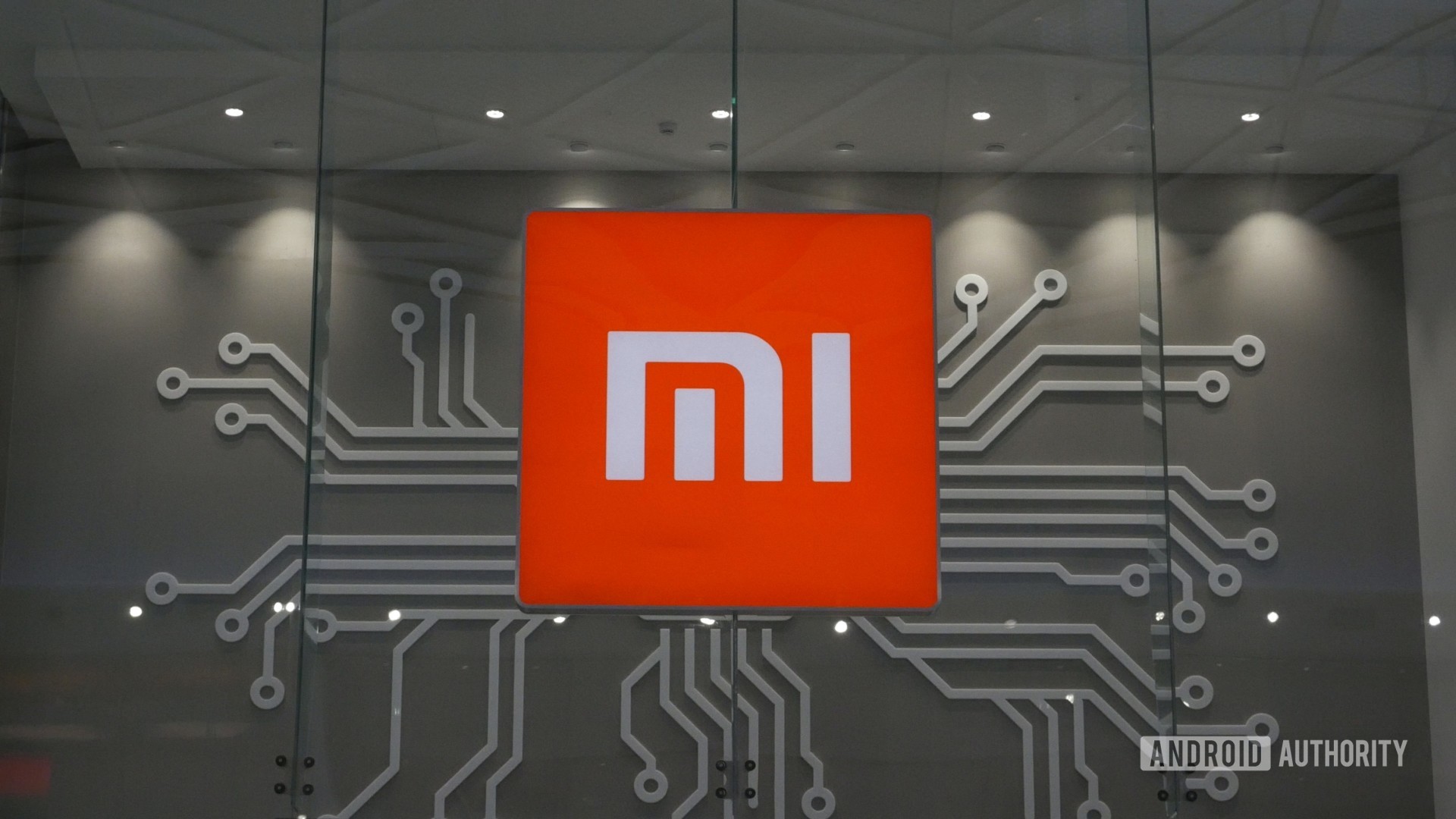The Redmi Note series has long been the king of the budget phone segment, striking a good balance between price, performance, and features. Now, after a couple of weeks of teasing, Redmi has officially launched the Redmi Note 9 Pro (seen above) and Redmi Note 9 Pro Max.
Starting with the the Redmi Note 9 Pro Max, it delivers some good core specs for a budget phone. You’ve got a Snapdragon 720G processor, 6GB to 8GB of RAM, 64GB to 128GB of expandable storage (UFS 2.1), and a 5,020mAh battery with a 33W charger in the box. Redmi says the battery can reach 50% capacity in under 30 minutes.
The Xiaomi sub-brand is also hopping on the punch-hole bandwagon, delivering a 6.67-inch FHD+ LCD panel with a 32MP shooter in a center-mounted cutout. Don’t expect a higher refresh rate here though.
True to the leaks, the Redmi Note 9 Pro Max also offers a 64MP quad rear camera setup. That means a 64MP main camera, 8MP ultra-wide camera (119 degree field of view), 5MP macro shooter (2cm focus), and a 2MP depth sensor. Redmi also confirmed that the phone supports night mode, as well as RAW photography for more advanced, non-destructive edits.
In a rather interesting tidbit, the Xiaomi sub-brand says it uses multi-frame noise reduction with the 64MP camera, combining eight 64MP snaps for a higher quality full-resolution shot. But it notes that this feature requires 6GB of RAM, hence 6GB as the minimum amount of RAM in the Pro Max.
What about Redmi Note 9 Pro?
Looking for something cheaper? Then that’s where the standard Redmi Note 9 Pro comes in, offering a largely similar experience to the Max model. That means a Snapdragon 720G chipset, 64GB to 128GB of expandable storage, a 6.67-inch FHD+ LCD screen with a center-mounted punch-hole cutout, and a 5,020mAh battery.
We do see a few compromises compared to the Max model though, such as 4GB of RAM in the base model (with an option for 6GB of RAM), and 18W charging instead of 33W.
Switching to the camera experience, the standard model has a quad camera setup too. But you’re getting a 48MP main camera (GM2) instead of the Max device’s 64MP sensor. Otherwise, you’re still getting an 8MP ultra-wide camera (119 degree field of view), 5MP macro shooter, and a 2MP depth sensor. Selfies are handled by a 16MP sensor.
Redmi is also taking a page out of LG’s playbook by offering a pro video mode with a histogram, focus peaking, and manual controls on the Note 9 Pro. It’s unclear if this feature is available on the Max version, but you’d assume as much given the more expensive price tag.
Both devices come with a side-mounted fingerprint scanner, IR blaster, 3.5mm port, USB-C, NavIC support, a P2I coating, and Gorilla Glass 5 on the front and back.
Redmi is also focusing on haptic feedback with both devices, using a “z-axis motor” for better haptic feedback. In fact, the firm says it supports over 150 actions, such as scrolling, SMS, typing, emails, and more.
The Redmi Note 9 Pro Max will retail for Rs 14,999 (~$202) for the 6GB/64GB model, Rs 16,999 (~$229) for the 6GB/128GB option, and Rs 18,999 (~$256) for the 8GB/128GB model. Meanwhile, the Redmi Note 9 Pro will go on sale for Rs 12,999 (~$175) for the 4GB/64GB variant, and Rs 15,999 (~$215) for the 6GB/128GB option.
The phones will be available in Aurora Blue, Glacier White, and Interstellar Black. You’ll be able to grab the Redmi Note 9 Pro from March 17 and the Max model from March 25 via Amazon India, Mi Home stores, Mi.com, and participating retailers.
More posts about Xiaomi












0 Comments